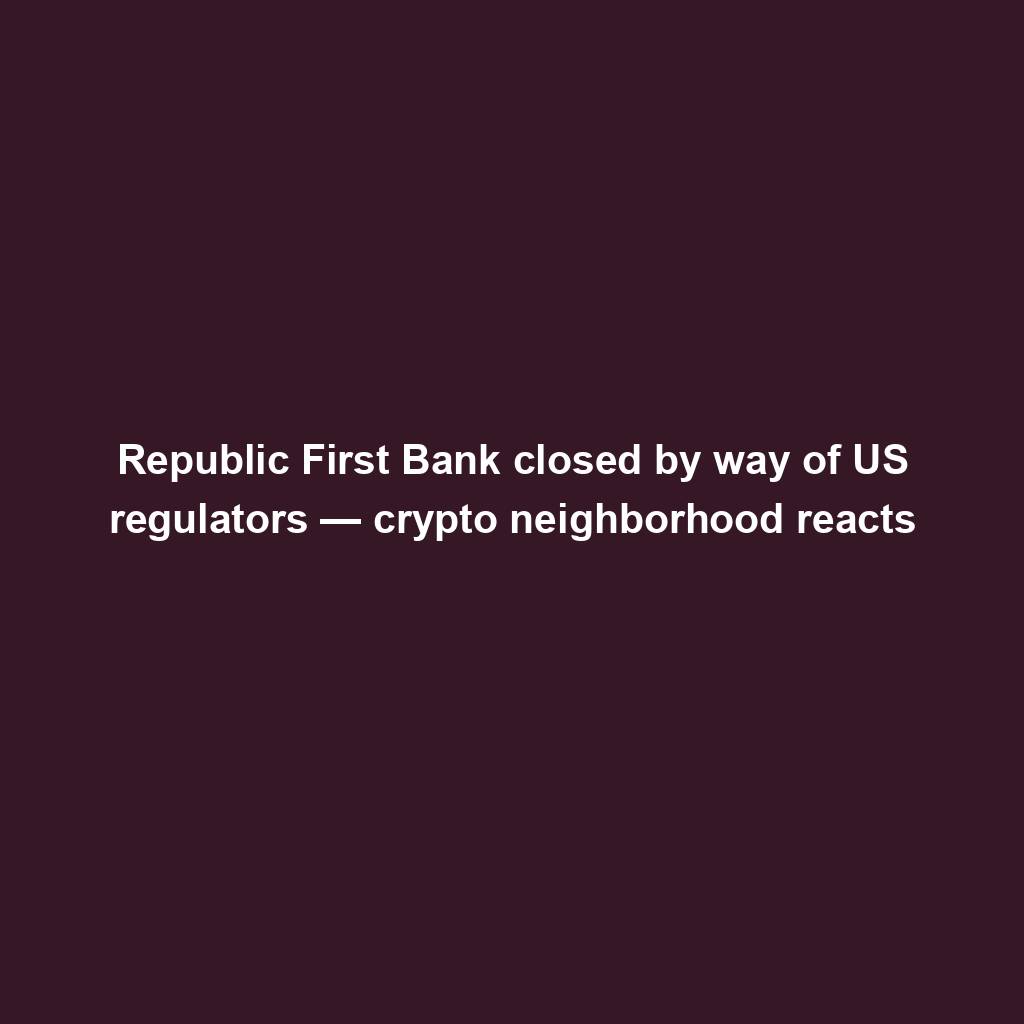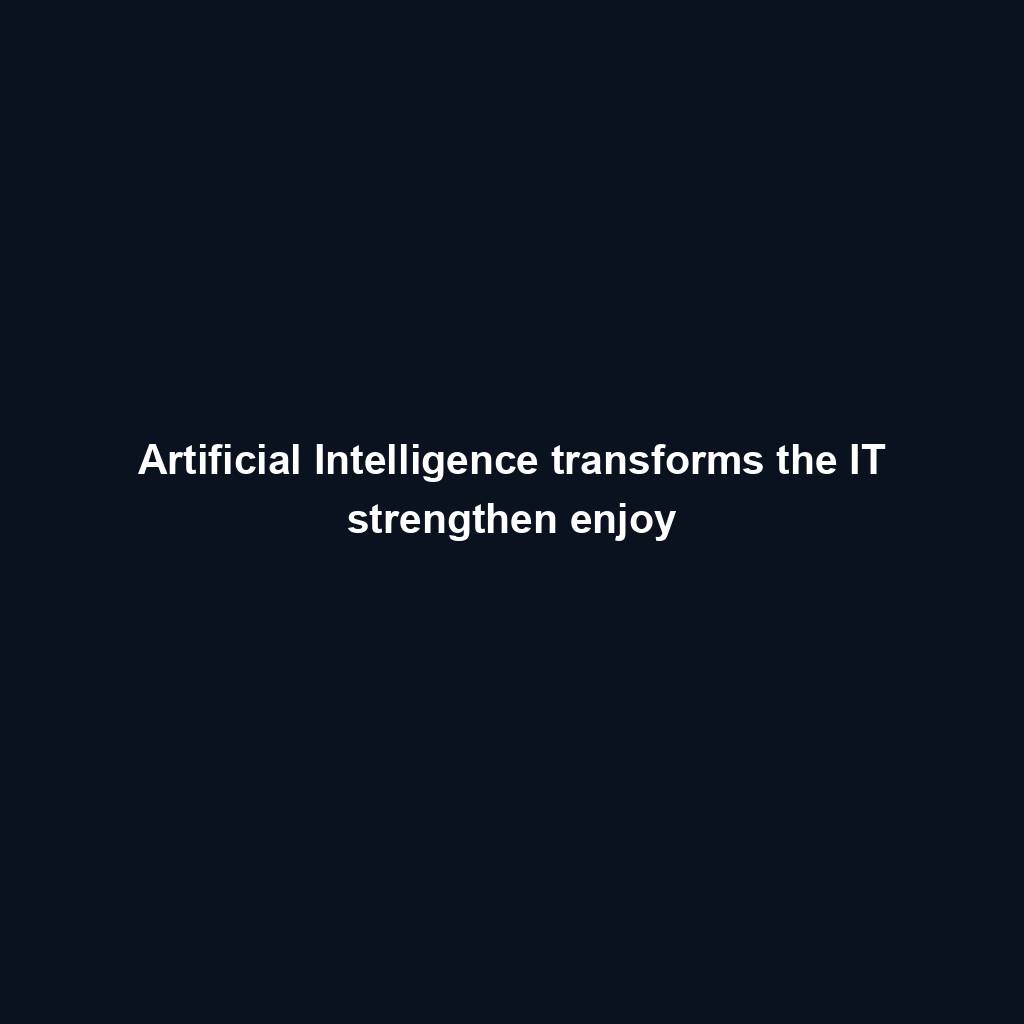
Demystifying Decentralized Identity Management: A Primer for Beginners
Welcome to the world of decentralized identity management systems! In this article, we will explore the significance of this technology in the context of distributed ledger technology (DLT) and discuss its potential impact on your personal and professional life.
A Brief History of Decentralized Identity Management
Decentralized identity management has its roots in the development of DLT, an innovative technology that aims to revolutionize the way we handle digital transactions and secure our online identities. The concept began to gain traction with the emergence of blockchain technology in 2008, following the publication of the Bitcoin whitepaper by an anonymous person or group known as Satoshi Nakamoto.
Blockchain, the foundational technology behind cryptocurrencies like Bitcoin, introduced the idea of a decentralized and tamper-resistant ledger. This concept inspired a new wave of innovation, leading to the exploration of decentralized identity management systems.
One of the key milestones in the development of decentralized identity management was the advent of self-sovereign identity (SSI) in 2016. SSI empowers individuals with control over their own digital identities, allowing them to manage and share personal information securely without relying on centralized authorities.
Advancements in DLT and cryptographic techniques further paved the way for the implementation of decentralized identity management systems. These systems aim to address the limitations of traditional identity management, such as identity theft, data breaches, and lack of user control.
The Advantages and Disadvantages of Decentralized Identity Management
Decentralized identity management offers several advantages over centralized systems. Firstly, it provides individuals with greater control and ownership of their personal data. With SSI, users can selectively share their information, reducing the risk of data breaches and identity theft.
Secondly, decentralized identity management systems can streamline the verification process. Instead of relying on multiple centralized authorities, users can present verifiable credentials stored on their DLT-based digital identity wallets, simplifying the authentication process and enhancing privacy.
However, it’s important to consider the potential disadvantages of decentralized identity management. One challenge is the need for widespread adoption and interoperability between different systems. Achieving a standardized framework for decentralized identity management is crucial to ensure seamless integration across various platforms and sectors.
Another consideration is the potential privacy risks. While decentralized identity management offers enhanced privacy compared to centralized systems, it also requires users to store their sensitive data on their devices or in decentralized networks. This raises concerns about the security of individual devices and the responsibility of users to safeguard their own data.
Real-World Applications of Decentralized Identity Management
Decentralized identity management systems have the potential to revolutionize numerous sectors. Let’s take a look at a few real-world applications:
- Financial Services: With decentralized identities, individuals can establish secure and verifiable financial profiles, streamlining processes such as loan applications and Know Your Customer (KYC) procedures.
- Healthcare: Decentralized identity management can enable patients to have control over their medical records, facilitating secure sharing with healthcare providers, researchers, and insurers, while ensuring privacy and data integrity.
- Supply Chain: By leveraging decentralized identity management, supply chain stakeholders can strengthen product traceability, combat counterfeiting, and ensure transparency throughout the supply chain.
- Government Services: Decentralized identities can simplify interactions with government agencies, enabling secure access to services, voting, and welfare programs.
The Future of Decentralized Identity Management
The future of decentralized identity management looks promising. As technology evolves and collaboration among various stakeholders increases, we can expect improved interoperability, standardized protocols, and increased user adoption.
Decentralized identity management has the potential to reshape the digital landscape by empowering individuals with control over their personal data. It can enhance privacy, reduce reliance on centralized authorities, and create new opportunities for trust-based interactions in the digital world.
Frequently Asked Questions
Q: How does decentralized identity management differ from traditional identity management?
A: Traditional identity management relies on centralized authorities to verify and authenticate individuals’ identities. Decentralized identity management, on the other hand, empowers individuals to control their own digital identities using DLT, reducing reliance on centralized intermediaries.
Q: How secure is decentralized identity management?
A: Decentralized identity management leverages cryptographic techniques and DLT to enhance security. However, the security of decentralized identity management relies on factors such as the protection of individual devices and the careful management of private keys by users.
Q: Can decentralized identity management be used across different platforms?
A: Interoperability is a critical challenge for decentralized identity management. Efforts are underway to establish standardized protocols and frameworks that enable seamless integration across different platforms and systems.
Q: How can decentralized identity management benefit me as an individual?
A: Decentralized identity management gives individuals control over their personal data, reducing the risk of data breaches and identity theft. It also simplifies identity verification processes and facilitates secure sharing of information across various sectors.
We hope this primer has provided you with a comprehensive introduction to decentralized identity management. Feel free to share your thoughts or engage with the content in the comments section below!
More in this category ...
Ripple companions with SBI Group and HashKey DX for XRPL answers in Japan

April sees $25M in exploits and scams, marking historic low ― Certik

MSTR, COIN, RIOT and different crypto shares down as Bitcoin dips

EigenLayer publicizes token release and airdrop for the group

VeloxCon 2024: Innovation in knowledge control

Successful Beta Service release of SOMESING, ‘My Hand-Carry Studio Karaoke App’

Dogwifhat (WIF) large pump on Bybit after record reasons marketplace frenzy

How fintech innovation is riding virtual transformation for communities around the globe

Wasabi Wallet developer bars U.S. customers amidst regulatory considerations

Analyst Foresees Peak In Late 2025

Solo Bitcoin miner wins the three.125 BTC lottery, fixing legitimate block

Ace Exchange Suspects Should Get 20-Year Prison Sentences: Prosecutors

Google Cloud's Web3 portal release sparks debate in crypto trade

Bitcoin Primed For $77,000 Surge

Bitbot’s twelfth presale level nears its finish after elevating $2.87 million

PANDA and MEW bullish momentum cool off: traders shift to new altcoin

Commerce technique: Ecommerce is useless, lengthy are living ecommerce

Republic First Bank closed by way of US regulators — crypto neighborhood reacts

China’s former CBDC leader is beneath executive investigation

Bigger isn’t all the time higher: How hybrid Computational Intelligence development permits smaller language fashions

Pantera Capital buys extra Solana (SOL) from FTX

Successful Beta Service release of SOMESING, ‘My Hand-Carry Studio Karaoke App’

SEC sues Bitcoin miner Geosyn Mining for fraud; Bitbot presale nears $3M

Business procedure reengineering (BPR) examples

85% Of Altcoins In “Opportunity Zone,” Santiment Reveals

Sam Altman’s Worldcoin eyeing PayPal and OpenAI partnerships

Artificial Intelligence transforms the IT strengthen enjoy

Franklin Templeton tokenizes $380M fund on Polygon and Stellar for P2P transfers

Meta’s letting Xbox, Lenovo, and Asus construct new Quest metaverse {hardware}

Shiba Inu (SHIB) unveils bold Shibarium plans as Kangamoon steals the display
